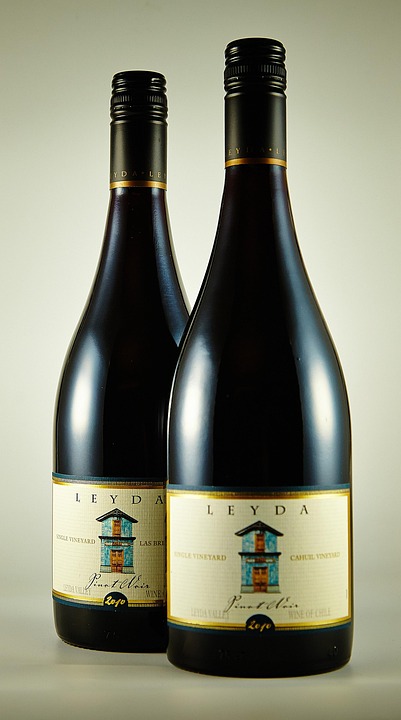The Rise of Organic, Biodynamic, and Natural Red Wine Movements
The wine industry has seen a significant shift in recent years towards more sustainable and natural winemaking practices. This shift has been driven by consumer demand for healthier, environmentally-friendly products, as well as a growing interest in wine that is made with minimal intervention. In this report, we will explore the rise of organic, biodynamic, and natural red wine movements, and the impact they are having on the industry.
Organic Red Wine
Organic red wine is made from grapes that are grown without the use of synthetic pesticides, herbicides, or fertilizers. Instead, organic vineyards rely on natural methods of pest control and soil enrichment, such as crop rotation, composting, and cover cropping. The result is wine that is free from harmful chemicals and additives, and that reflects the true terroir of the vineyard.
In recent years, the demand for organic red wine has been steadily increasing. According to the Organic Trade Association, sales of organic wine in the United States grew by 14% in 2020, reaching a total value of $2.1 billion. This growth is expected to continue as more consumers become aware of the benefits of organic farming practices and seek out wines that are produced in an environmentally sustainable way.
Biodynamic Red Wine
Biodynamic red wine takes the concept of organic farming a step further by incorporating holistic and spiritual principles into the winemaking process. Biodynamic vineyards follow a strict set of guidelines that emphasize the interconnectedness of the vineyard ecosystem, and the use of natural preparations to enhance the vitality of the soil and the health of the vines.
While biodynamic farming practices have been around for decades, they have gained mainstream popularity in recent years. Many top wineries around the world have adopted biodynamic principles in their vineyards, leading to a growing market for biodynamic red wine. In 2020, global sales of biodynamic wine reached $328 million, with Europe accounting for the largest share of the market.
Natural Red Wine
Natural red wine is made with minimal intervention in the winemaking process, allowing the grapes to ferment and age without the use of additives or chemicals. Natural winemakers often use wild yeast for fermentation, and avoid filtration and fining processes that can strip the wine of its natural flavors and aromas. The result is wine that is vibrant, expressive, and true to its terroir.
The natural wine movement has gained a dedicated following among wine enthusiasts who appreciate the authenticity and uniqueness of natural wines. While natural wine only represents a small fraction of the overall wine market, its popularity is growing rapidly. In 2020, sales of natural wine in the United States reached $30 million, with a projected annual growth rate of 17% over the next five years.
Industry Impact
The rise of organic, biodynamic, and natural red wine movements has had a significant impact on the wine industry as a whole. Wineries that adopt sustainable and natural practices are able to differentiate themselves in a competitive market, attract a loyal customer base, and command premium prices for their products. In addition, these wineries are helping to drive positive change in the industry by promoting environmental stewardship and social responsibility.
As consumer demand for organic, biodynamic, and natural red wines continues to grow, we can expect to see more wineries embracing these practices and expanding their offerings to meet the needs of a discerning market. Ultimately, the rise of these movements reflects a broader shift towards sustainability and transparency in the wine industry, and signals a bright future for wines that are made with integrity and care.


